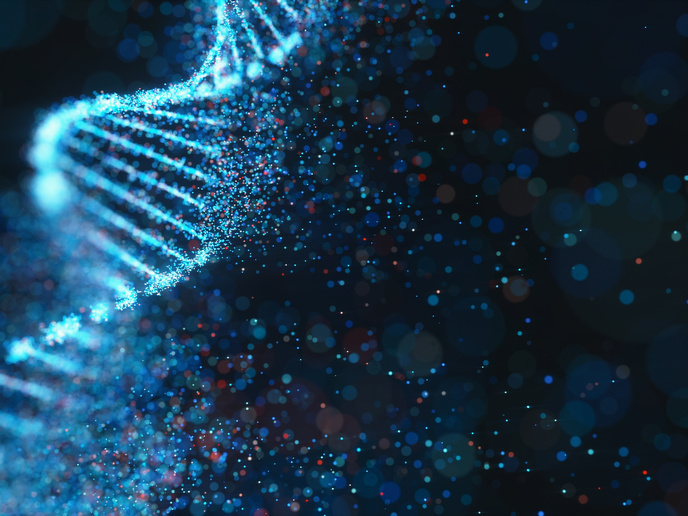Investigating epigenome maintenance after UV damage
In the cells of all living organisms, gene activity is controlled by a collection of histone proteins and chemical modifications to DNA known as the epigenome. Yet how epigenomic modifications alter following damage to the DNA itself is unknown, including how they help with DNA repair. “This is a challenging area of investigation because the epigenome encompasses multiple levels of organisation that can all potentially be affected by DNA damage,” explains Sophie Polo(opens in new window) from the Epigenetics and Cell Fate Centre (University of Paris Cité and the National Centre for Scientific Research(opens in new window) (CNRS)). “Furthermore, some epigenome alterations may be very transient and thus difficult to catch,” she adds. In the REMIND project, which was funded by the European Research Council(opens in new window), Polo and her colleagues sought to fill this knowledge gap through a broad, time-resolved analysis of epigenome alterations in human cells subjected to UV damage. The researchers aimed to find out some of the molecular changes that contribute to the repair and restoration of chromatin, the material chromosomes are made from.
Studying the epigenomic impacts of UV damage
The team focused on epigenomic features at three levels in mammalian cells which influence whether genes are switched on or off: histone proteins, which alter how tightly or loosely packed DNA is; DNA methylation, a chemical modification that can silence and turn off genes; and higher-order structures of chromatin which define functionally distinct regions of the genome. Laboratory studies in the project investigated changes at these three levels following exposure to ultraviolet radiation, in both cultured human and mouse cells. The researchers also established several novel methodologies, which allowed them to capture chromatin at sites of UV damage repair, before analysing the associated proteins involved in histone and DNA modifications. They could also track the dynamics of epigenome features and epigenome modifiers at UV damage sites in real time, using live cell imaging after local UV irradiation.
Uncovering mechanisms of epigenome maintenance during DNA repair
The project made several key findings about the mechanisms underlying epigenome maintenance, including the identification of histone-modifying enzymes (which make chemical alterations) and histone modification readers (which read chemical alterations). These are recruited to sites of UV damage repair, along with histone chaperones that coordinate old and new histone dynamics at repair sites. The team uncovered a key interplay between histone-modifying enzymes and histone deposition in safeguarding the integrity of higher-order chromatin, and also analysed the maintenance machinery behind DNA methylation at sites of UV damage repair. “Both the novel findings and methodologies generated through this project are of major interest for the scientific community working on genome and epigenome stability,” says Polo. “Our findings broaden our knowledge of epigenome maintenance following DNA damage at the mechanistic level.”
Potential impact in ageing and cancer
The new methods developed in the REMIND project can be further explored to study other epigenomic features or chromatin components in response to UV damage or other harmful processes. “In-depth understanding of the players involved in chromatin maintenance following DNA damage may open up strategies for counteracting the detrimental effects of chromatin instability observed in ageing and cancer,” notes Polo. The team will continue their work exploring histone modification changes and their functions during UV damage repair. “We will also expand our horizons by studying the role of RNA and RNA modifications in the UV damage response.”







